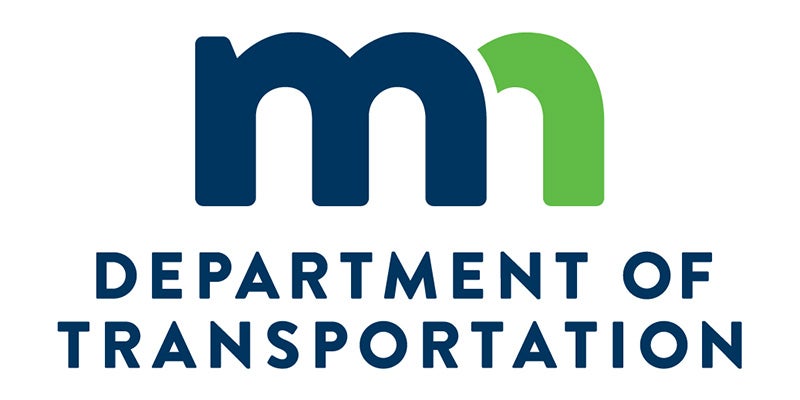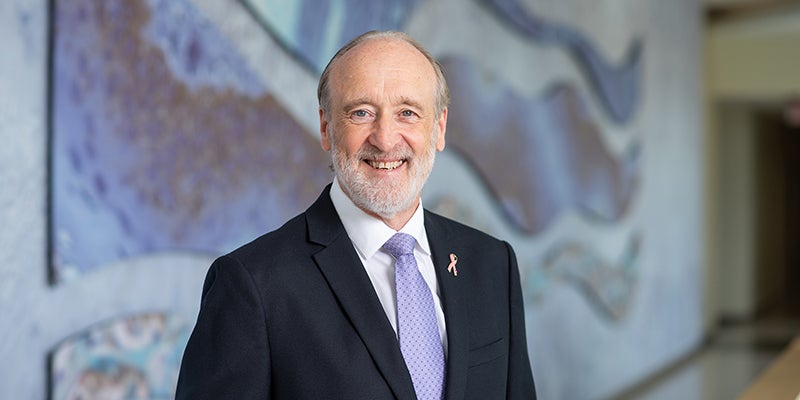A Matter of Drive
Published 12:17 pm Saturday, March 6, 2010
Dean Bishop retired in 1996, but he keeps busy. He listens to Miley Cyrus, says dozens of daily hellos and goodbyes, and even occasionally shifts into neutral.
He’ll also host a pizza party from time to time, he’ll lend an ear when needed and he does most things like clockwork because he doesn’t like surprises.
“I don’t mind routines at all,” he says.
After a 36-year career as an English teacher, including 33 at Austin High School, Bishop has spent the last 14 years as a school bus driver, cranking out three routes daily.
“I missed the kids the day I retired, so that very summer, I took the test and I have been doing it ever since,” he says.
The Austin resident is one of 51 drivers employed locally at Palmer Bus Service, which contracts its fleet of buses with Austin Public Schools.
Bishop, 71, knows his routes like a student knows texting, knows the names of his passengers as if they were his own and even knows what dog to expect at what front porch.
It’s simply a good part-time job for Bishop, a way to combine his love for students and travel, and a way to help get kids safely from home to school and back again.
“It’s a nice mix; it’s fun,” he says.
How it works
School districts either have their own fleet of buses or contract with a company to provide them.
Austin contracts its transportation needs out, as does Albert Lea and other places around Minnesota such as Burnsville.
Both ways of bus service are common, says Mark Stotts, director of finance and operations for Austin Public Schools, and he adds that the school district has been contracting transportation services out for a long time.
“The cost is manageable,” Stotts says.
Even in some of the worst economic conditions since World War II, the school district’s transportation department is holding up well.
Stotts says the transportation budget runs around $1.6 million per year, which comes out of the district’s $47 million general fund budget.
The district sets its contract with Palmer every two years, with a new contract set to go before the school board Monday.
Stotts says with board approval, the contract rate should stay the same as the last two years and even though the district anticipates having to make $300,000 in cuts this next school year, transportation won’t be affected.
“Fortunately, we haven’t had to go through that,” Stotts says. “That’s not to say we might not in the future, but we haven’t had to yet.”
Stotts adds that there’s not a lot of cuts that could be made in transportation because of state regulations.
Those regulations are clear that if an elementary student lives more than two miles from the school, they have to be offered transportation.
As a result, even if the district wanted to, it couldn’t simply cut whole bus routes in rural Mower County to save money.
The bus company and its drivers
On October, 2009, Mankato-based Palmer Bus Service bought out Austin Transportation and continued the partnership the previous company had with the school district. As part of the transition, the name along side each bus will soon be changed to Palmer Bus Service.
To become a bus driver, prospective employees go through extensive training, a criminal background check and drug and alcohol testing.
“I think you also have to enjoy kids,” says Heather Crumb, manager of Palmer Bus Service.”
On the job
Even though he’s retired, Bishop takes his part-time job seriously. He arrives early, communicates with students and parents about road conditions and even goes the extra mile, like giving each student a piece of sugarless gum on Fridays if everyone’s been good that week.
Bishop has three routes in the morning and then does two of those same routes in the afternoon.
He gets up each day around 5:30 a.m. because otherwise he’d “just lie in bed” and then after he gets ready he heads to one of the three bus garages in town.
At the garage, it’s common for bus drivers who arrive early to share stories and discuss events from both the past and the present.
On Thursday, the topics of choice range from the history of the Austin High School mascot to the unveiling of the logo for Austin’s new junior hockey team.
“All of these guys here are excellent drivers,” says Roger Stahl, shop manager for Palmer and chief mechanic.
At 6:30 a.m., it’s time to go.
Bishop makes his first pickup at 6:40 a.m. That route takes him into Freeborn County and to Oakland township. He picks up those 50 or so kids and then takes them to the high school where the students then take other buses to their schools.
After that drop off, Bishop loads up another 70 kids or so and takes them to Ellis Middle School, before finishing the morning by picking up 30 students in the southeast part of town and taking them to Southgate Elementary School.
“It becomes clockwork after awhile, and the kids know what time I’m going to be there and they’re out there waiting,” he says.
When those routes are finished, Bishop enjoys his breakfast of what’s usually a roll and some cereal and reads the newspaper.
In the afternoon, he does it all over again, minus the Southgate route.
On Thursday afternoon, Bishop makes time to visit with the other drivers in the garage before the afternoon shift. The snack of choice is hard-shell peanuts.
They share stories, mix in some laughs and are out the door by 2:30 p.m. to begin their routes.
“See you later,” Stahl says calmly to the bunch.
On the ride from the south garage to Ellis, it’s fairly quiet. Bishop talks a little bit about what he does and how the bus works as he winds his way through town.
He admits sometimes winter weather can be difficult, but it’s nothing he can’t handle.
“The buses are great in snow,” he says. “But they’re not very good on ice. I keep it slow, and if I have to stop then I usually shift it into neutral and that way the rear wheels aren’t engaged, and I’ll pump the brakes a bit.”
Bishop also has a mountain of trust for all the mirrors on the bus.
“The mirrors are what save us,” he says.
Once he’s at Ellis, there’s a short break in his route before the kids hop on board.
Sure enough, the first one arrives, then the second.
At the same time, Bishop turns on the radio, KROC, which has Miley Cyrus singing about a Party in the U.S.A.
“I get a little tired of this one,” he says about the song.
In moments, the bus is full and Bishop pulls out.
By now on the radio, rapper 50 Cent is singing “In Da Club” and Bishop and his students roll on through southeast Austin.
The kids are well occupied, and Bishop has a large mirror above him so he can see what’s going on. He also uses a PA system if needed, but he says his group is mostly well behaved.
“I never yelled as a teacher, and I have never yelled as a bus driver,” he says. I just get on the microphone and say ‘Billy, would you please sit down,’ and it works.”
Once he arrives at the high school, Bishop loads up his rural students and off he goes back to Freeborn County and Oakland township, waving to people he knows as he drives by.
His passengers range from kindergarten age through high school.
“Usually by the time they are juniors they have their own car, and it’s not cool to ride the bus anymore,” he says.
On Thursday, though, it is cool.
Students sip on Capri Suns or listen to their iPod as they wait for their stop.
In the meantime, the wheels on the bus go round and round, throughout the farmland and into the small town of Oakland where there used to be a grocery store and a meat market.
“I grew up on the farm so I enjoy watching the crops grow,” Bishop says.
When his route is almost finished, Bishop talks about how on Fridays, if his passengers have had a good week, he’ll hand out a piece of sugarless gum to each one.
“They think it’s a reward,” he says. “I look at it as a bribe.”
Both the school district and the parents are appreciative of drivers like Bishop.
Dave Solland is a fulltime farmer who lives seven miles outside of Austin. He lives along Bishop’s route, and he’s grateful of both Bishop and the bus service because he simply doesn’t have time to drive to and from school.
“I have no worries about my kids getting to school,” Solland says. “He’s excellent.”
Stotts also knows the importance of bus drivers and a bus service.
“If the kids don’t get to school, they can’t learn, so we look at the bus company really as an extension of the school district,” he says. “Obviously we think it’s a high priority.”
As for Bishop, he enjoys what he does and even takes his passengers out for pizza at the end of each year.
“Contrary to public opinion, kids weren’t any better or any worse when I was going to school,” Bishop says.




